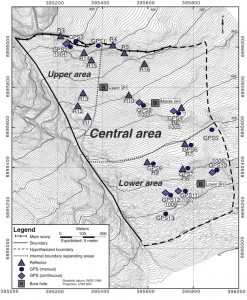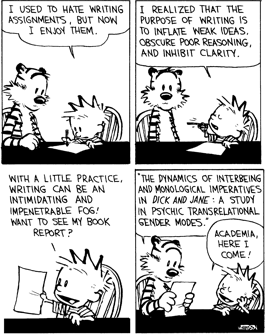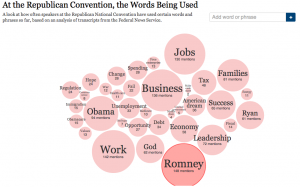From the assigned readings you should have a good sense of the history and context for the manifestation of institutional review boards as they now exist (@ UBC, the Behavioral Research Ethics Board or BREB). In large part, contemporary IRBs result from a few well known and egregious cases of unethical treatment of people (like the Tuskegee Syphilis study, Mengele’s experiments in Nazi concentration camps, Milgram’s obedience experiments, Zimbardo’s Stanford University prison experiment, and Humphrey’s Tea Room Trade). In general, the response to unethical research practices might be described as a panic response that has resulted in a rigid system of reviewing ALL research prior to its conduct using a one-size-fits most approach (although there is usually a distinction made between lower and higher risk research).
However, Dyck & Allen argue that…
Review boards responsible for vetting the ethical conduct of research have been criticised for their costliness, unreliability and inappropriate standards when evaluating some non-medical research, but the basic value of mandatory ethical review has not been questioned. When the standards that review boards use to evaluate research proposals are applied to review board practices, it is clear that review boards do not respect researchers or each other, lack merit and integrity, are not just and are not beneficent. The few benefits of mandatory ethical review come at a much greater, but mainly hidden, social cost. It is time that responsibility for the ethical conduct of research is clearly transferred to researchers, except possibly in that small proportion of cases where prospective research participants may be so intrinsically vulnerable that their well-being may need to be overseen.
Within some disciplines (like history) there are questions about the relevance of IRBs to research, there are examples of ways in which the onerous task of obtaining IRB approval has truncated research efforts (such as during the SARS epidemic), and an unclear but no doubt significant influence on whether or not research is even considered.
Dyck & Allen suggest that today’s ethics review boards could be replaced by ethics boards that provide guidance and support to researchers…
Instead of promoting rote compliance with inflexible and universal rules, the role of an IRB should be to facilitate and resource the reflective practice of researchers. A simple, but significant, shift would be to move ethical review from approving a proposed project to providing guidance and feedback on submitted projects. An IRB may play a useful role in identifying ethical issues and suggesting how to deal with them, but otherwise, responsibility for research ethics needs to return to the researchers who use the feedback they receive in a reflective and project-appropriate way. Rather than policing compliance with standards that can have limited usefulness for some methods, participant populations and contexts, such an advisory review would aim to assist researchers in reflecting on the specific ethical challenges of their research.
DISCUSS WHAT YOU THINK THE ADVANTAGES AND/OR DISADVANTAGES OF FOLLOWING DYCK & ALLEN’S SUGGESTION MIGHT BE FOR YOU AS A RESEARCHER.
 Follow
Follow










